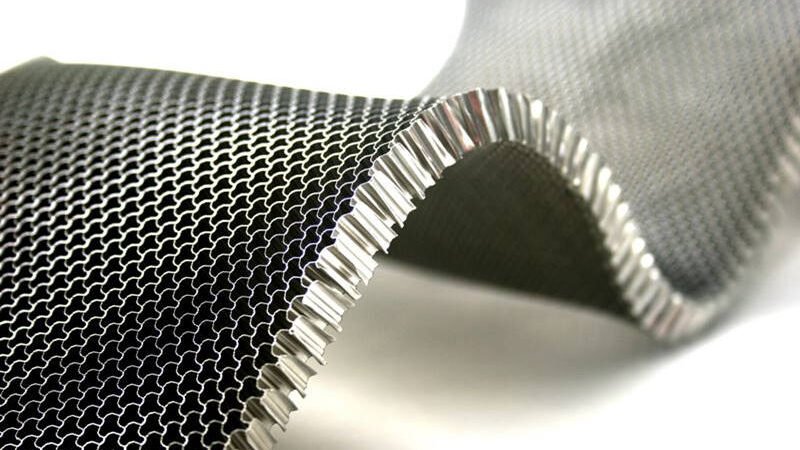Behind every cutting-edge application, from aerospace engineering to modern architecture, stands a dedicated aluminium honeycomb core manufacturer. These specialized companies are crucial, transforming raw aluminum into intricate cellular structures that enable superior performance, efficiency, and design flexibility.
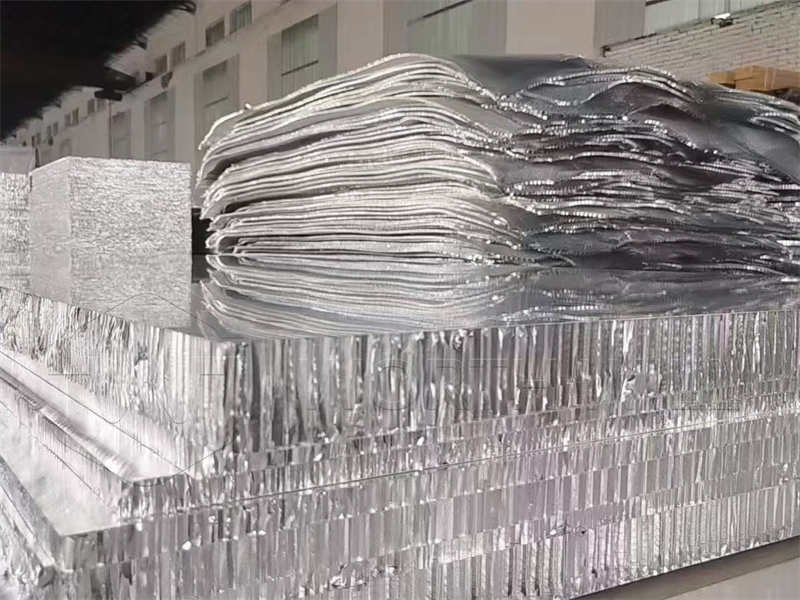
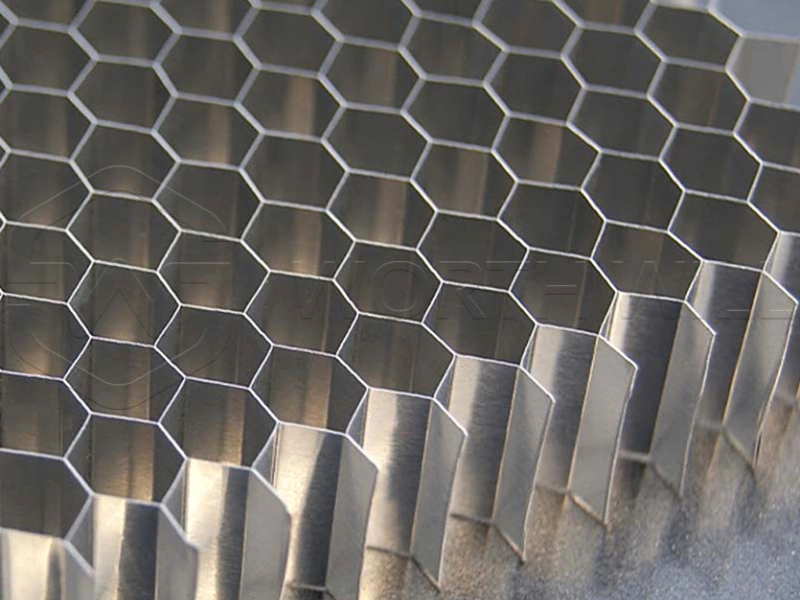
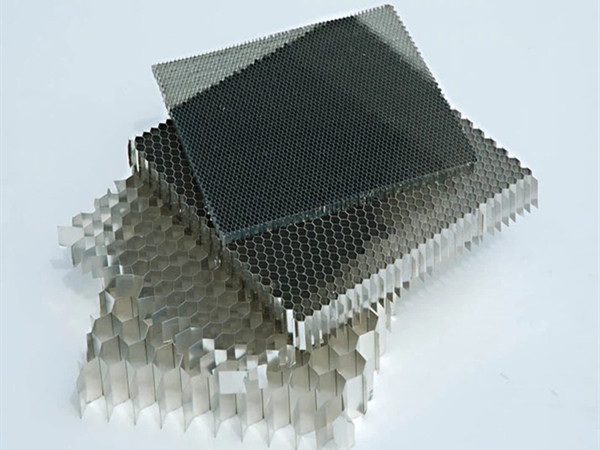

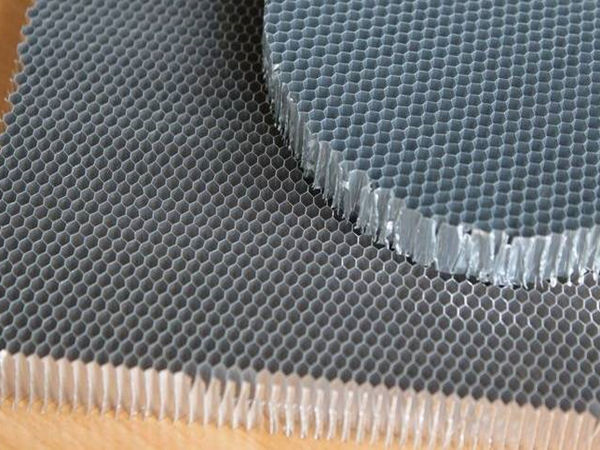
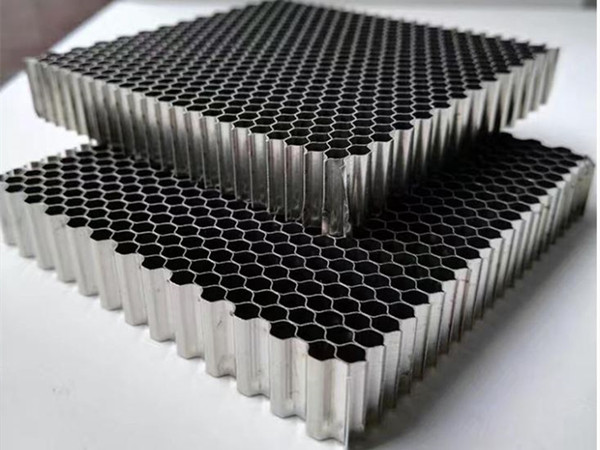
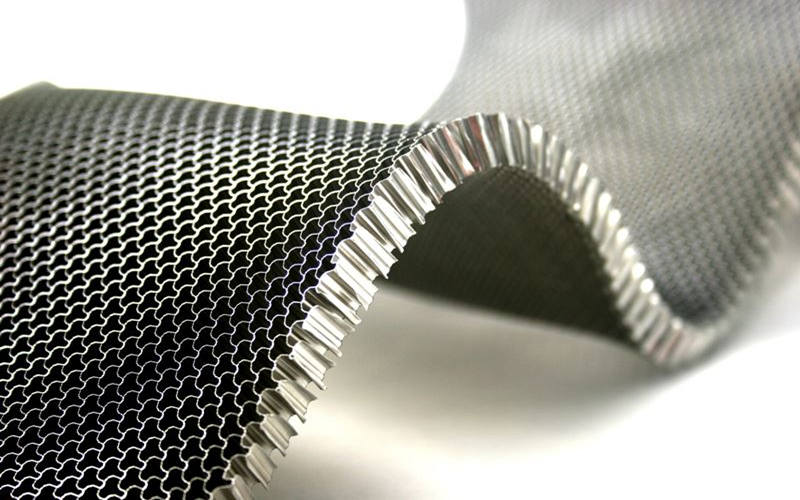
What is an Aluminium Honeycomb Core?
An aluminium honeycomb core is a lightweight structural material inspired by the hexagonal pattern of a beehive. It is manufactured from thin aluminium foil that is bonded and expanded into a continuous series of open, hexagonal cells. When integrated into a honeycomb panel – typically sandwiched between two rigid skin materials – it creates a composite structure that offers:
- Exceptional stiffness and rigidity
- Minimal weight
- High impact and compression resistance
- Excellent shear strength
These properties make it an indispensable component for industries where reducing weight without sacrificing strength is paramount.
What Defines a Leading Aluminium Honeycomb Core Manufacturer?
Choosing the right aluminium honeycomb core manufacturer is critical for the success of any project. A leading manufacturer distinguishes itself through several key aspects:
- Quality Raw Materials:
A top manufacturer begins with high-grade aluminium foil, typically alloys like 3003 or 5052. The purity and consistency of this foil are fundamental to the final core’s strength and durability. - Advanced Manufacturing Process:
The manufacturing process for aluminium honeycomb cores is complex and requires precision. A reputable manufacturer employs state-of-the-art machinery and strict quality control at every stage, from adhesive application and stacking to precise slicing and controlled expansion. This ensures uniform cell structure and consistent mechanical properties. - Technical Expertise and Experience:
Years of experience in honeycomb core manufacturing translate into deep technical knowledge. An expert team can provide invaluable advice on material selection, design optimization, and application suitability, ensuring clients receive the most appropriate solution. - Customization Capabilities:
Different projects have unique demands. A versatile aluminium honeycomb core manufacturer offers extensive customization options for cell size, foil thickness, core dimensions, and even special treatments to meet specific performance requirements. - Adherence to Quality Standards and Certifications:
Compliance with international quality standards (e.g., ISO 9001) and industry-specific certifications (especially for aerospace) is a hallmark of a reliable manufacturer. This guarantees consistent quality and reliability of the honeycomb core.
Types of Aluminium Honeycomb Cores Offered by Manufacturers
A comprehensive aluminium honeycomb core manufacturer provides a range of core types, each optimized for different applications based on its characteristics.
Alloy Types
The choice of aluminum alloy directly impacts the core’s performance.
| Alloy Type | Key Properties | Common Applications |
|---|---|---|
| 3003 H18 | Good strength-to-weight, excellent corrosion resistance, high thermal conductivity | General purpose, automotive, rail, architectural panels |
| 5052 H39 | Higher strength than 3003, excellent fatigue resistance, superior corrosion resistance, especially in marine environments | Aerospace, marine, high-stress components |
Cell Size
The cell size, or the diameter of the hexagonal cell, is a critical parameter influencing mechanical properties.
| Cell Size (mm / inch) | Impact on Core Properties | Typical Applications |
|---|---|---|
| 3.2 / 1/8″ | Higher density, maximum compressive & shear strength | Leading edges of aircraft, high-load areas |
| 4.8 / 3/16″ | High strength, good balance of properties | Aircraft floors, fairings, wind turbine blades |
| 6.4 / 1/4″ | Standard density, balanced performance | Aircraft interiors, railcar panels, general composites |
| 9.6 / 3/8″ | Lower density, more lightweight, good for larger panels | Architectural facades, boat interiors, decorative panels |
| 19.1 / 3/4″ | Very low density, maximum weight savings, acoustic dampening | Non-structural infill, acoustic panels, cleanroom walls |
Smaller cell sizes generally result in higher density and greater resistance to compression and shear forces.
Foil Thickness
The thickness of the aluminum foil used for the cell walls also significantly affects the core’s density and strength.
| Foil Thickness (mm) | Impact on Core Properties | Typical Applications |
|---|---|---|
| 0.04 – 0.05 | Lowest weight, suitable for non-structural applications | Interior aircraft components, light decorative panels |
| 0.06 – 0.08 | Standard thickness, balanced strength and weight | General aerospace, automotive, marine, rail |
| 0.10 – 0.12 | Higher strength, more robust cores for demanding loads | High-load floors, structural components, tooling |
Thicker foil generally leads to a stronger, denser core.
Core Density
Core density (measured in kg/m³ or lbs/ft³) is a derived property, directly resulting from the chosen alloy, cell size, and foil thickness. It’s a key indicator of the core’s overall performance. A reputable manufacturer can produce cores with a wide range of densities to match specific project requirements.
Applications Powered by Aluminium Honeycomb Cores
The versatility of aluminium honeycomb cores, thanks to their precise manufacturing process, makes them invaluable across numerous high-tech sectors:
- Aerospace Industry:
- Aircraft floors, galleys, luggage bins, interior panels
- Aircraft fairings, leading/trailing edges, and control surfaces
- Cargo containers and missile components
- Automotive Industry:
- Lightweight chassis components and energy-absorbing structures
- Interior panels and decorative elements for high-performance vehicles
- Flooring for specialized transport vehicles
- Marine Industry:
- Boat hulls, bulkheads, decks, and superstructures
- Interior panels for yachts, ferries, and cruise ships
- Lightweight composite structures for marine vessels
- Rail Transportation:
- Floors, walls, ceilings, and doors for high-speed trains and subways
- Impact absorption components and interior fixtures
- Building & Construction:
- Lightweight facade panels and curtain walls for modern buildings
- Cleanroom walls, ceilings, and raised access floors
- Decorative architectural features and interior partitions
- Industrial Applications:
- Wind turbine blades and rotor components
- Specialized tables, tooling, and machine platforms
- Energy absorbers and heat exchangers
- Sporting Goods:
- Skis, snowboards, racing bikes, and other high-performance equipment requiring strength and light weight.
Why Choosing the Right Manufacturer Matters
The choice of your aluminium honeycomb core manufacturer directly impacts the performance, safety, and cost-effectiveness of your end product. A reliable partner ensures:
- Consistent Quality: Products that meet stringent specifications every time.
- Optimal Performance: Cores designed to provide the best strength-to-weight ratio for your application.
- Compliance: Materials that adhere to necessary industry standards and regulations.
- Innovation: Access to the latest material advancements and manufacturing techniques.
- Supply Chain Reliability: Consistent and timely delivery of materials.
Partner with a Leading Aluminium Honeycomb Core Manufacturer
In a world increasingly driven by lightweight efficiency, the role of a skilled aluminium honeycomb core manufacturer cannot be overstated. By providing meticulously engineered cellular structures, these manufacturers enable innovation across diverse industries. When seeking a supplier for your next project, prioritize a manufacturer that demonstrates a strong commitment to quality, technical expertise, customization, and customer service. A true leader in aluminium honeycomb core manufacturing will be a valuable partner in achieving your design and performance goals.
